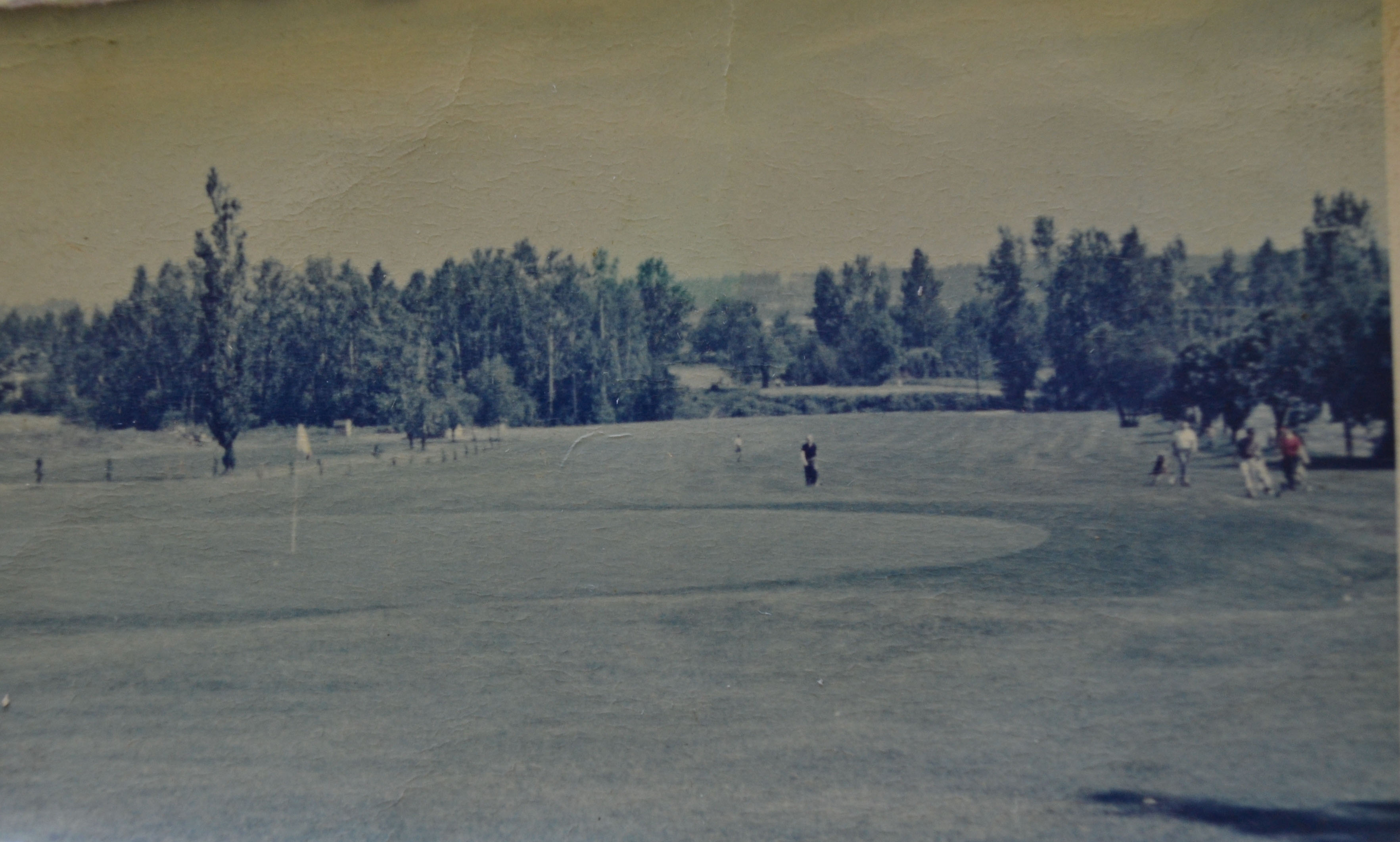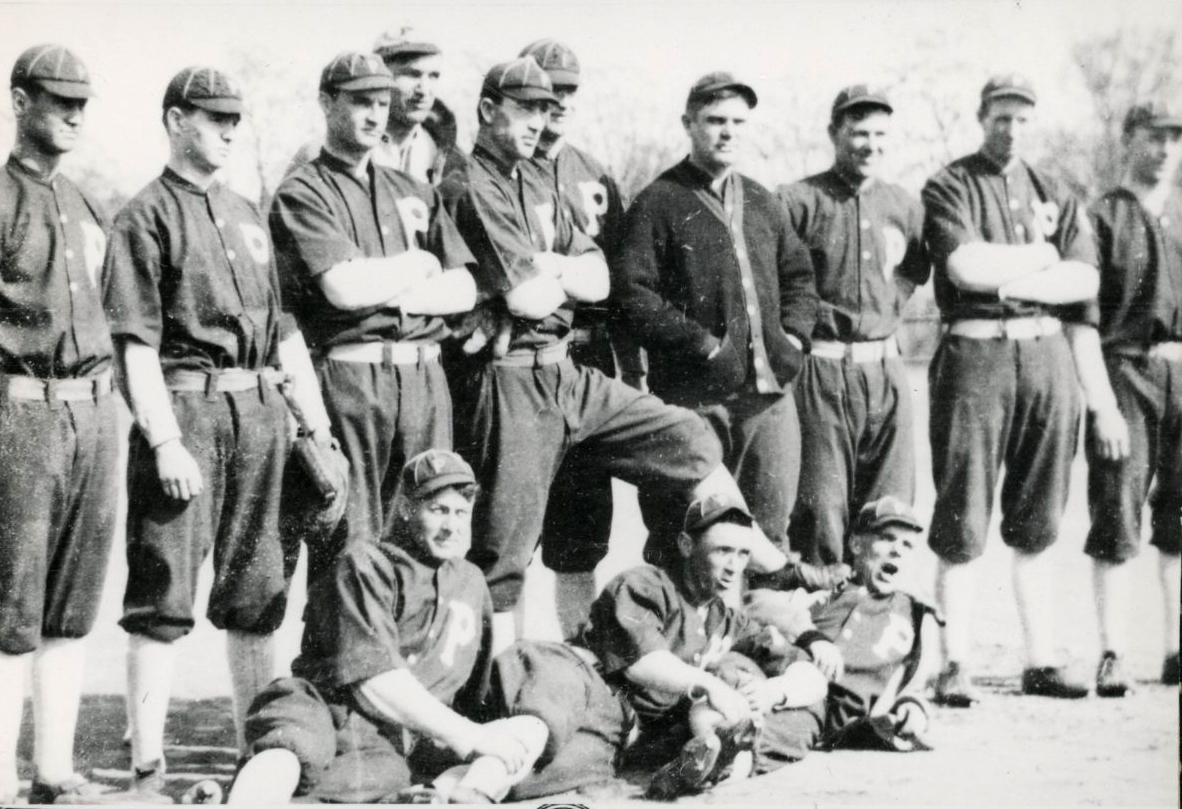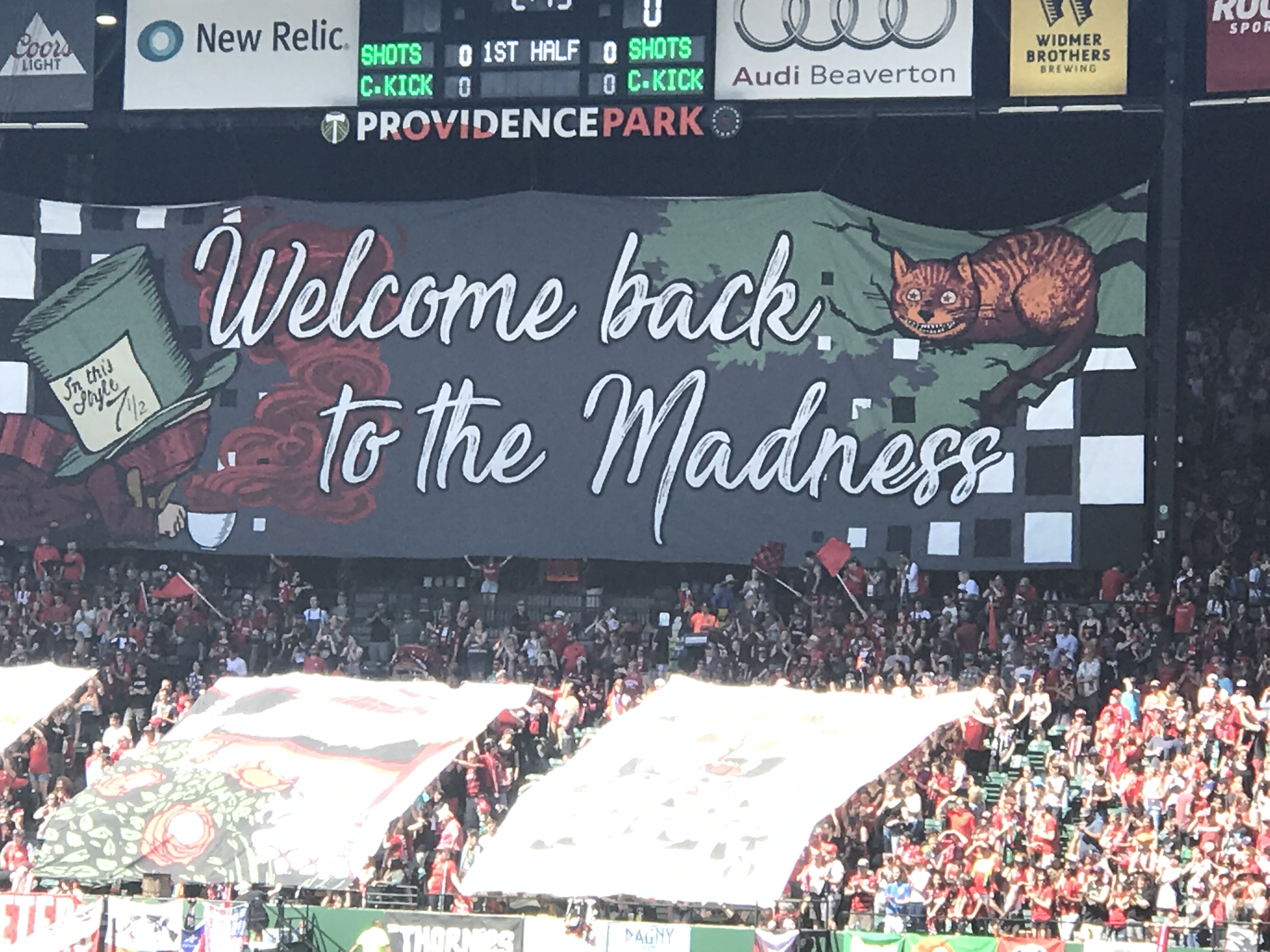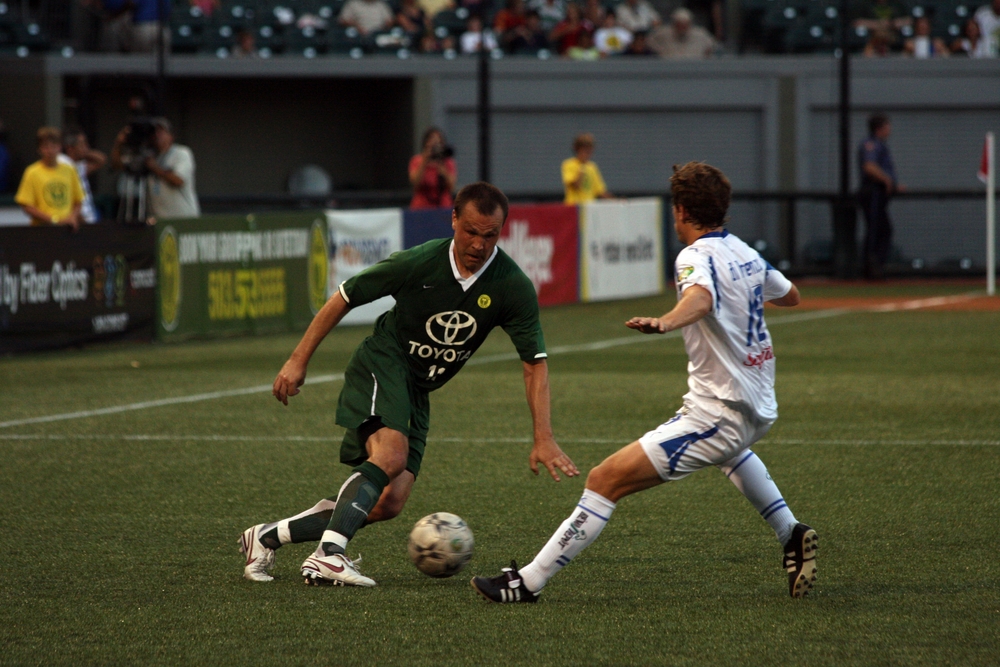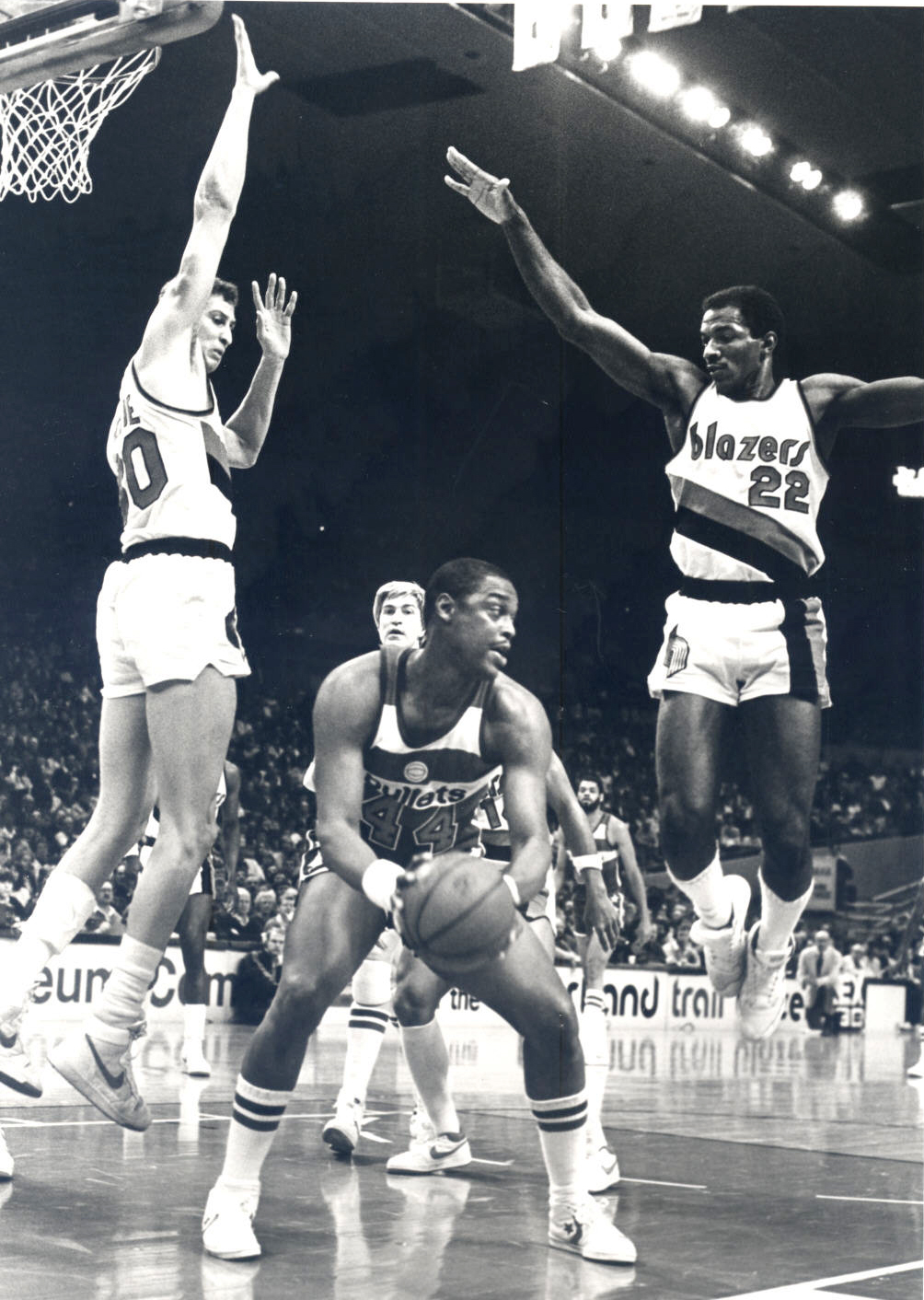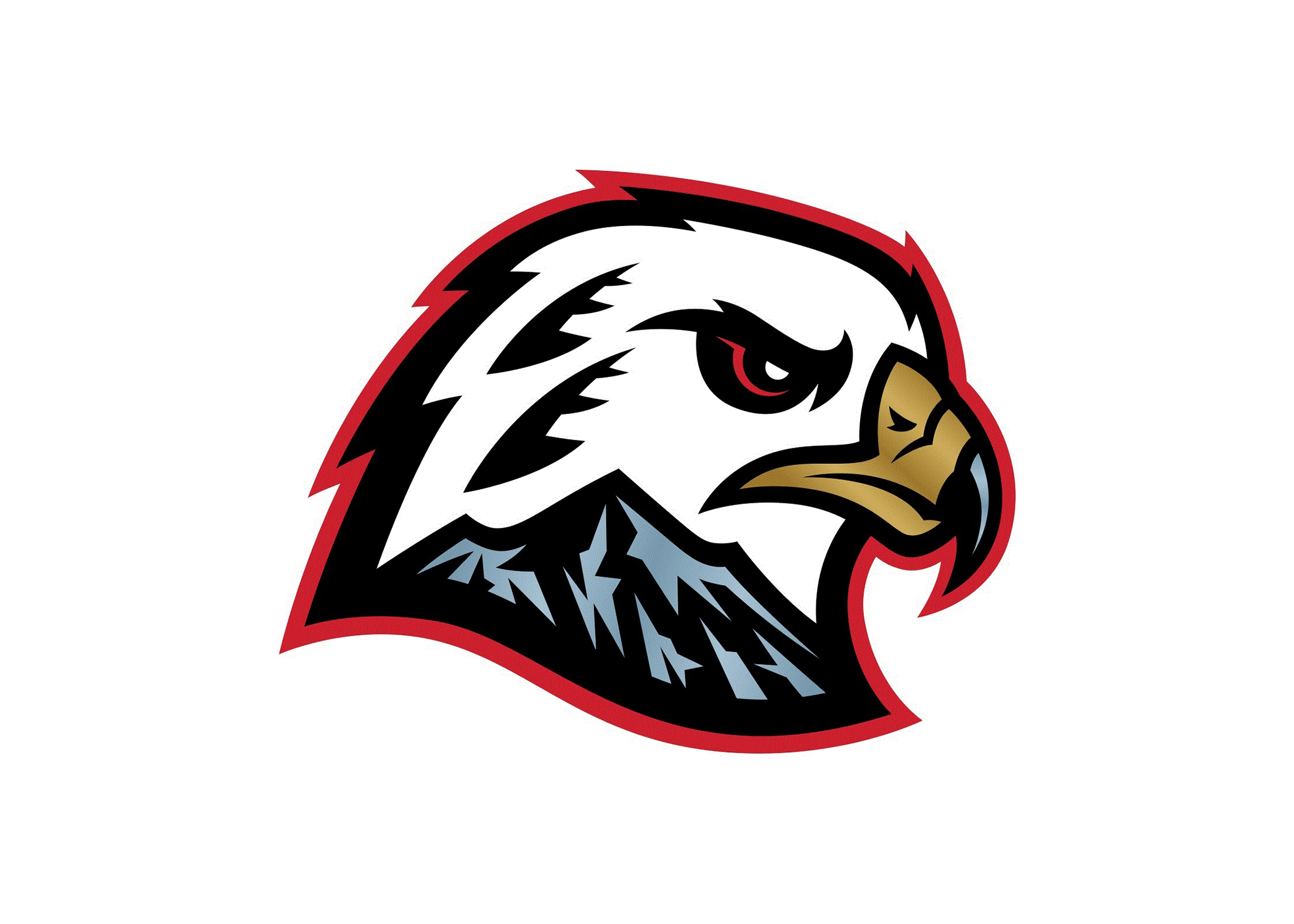Although there is a suggestion that soldiers at Fort Dalles played cricket in 1861, the first clear indication that the sport had taken root in Oregon can be found in Portland in the 1870s, alongside a similar burgeoning interest in baseball, football, and basketball. By the end of that decade, cricket clubs had been formed at Albany and Corvallis, comprised mostly of immigrants from the United Kingdom and the British Empire. Teams included such players as James Laidlaw, the first full British vice-consul and a prominent member of the Oregon branch of the British Benevolent Society; Canadian auctioneer Samuel L. N. Gilman; and George H. Andrews, an English accountant who would be appointed director of the Oregon and California Railroad Company.
Cricket is a bat-and-ball game played as early as the medieval and early modern periods in England. In the modern form of the sport, which is ordinarily played on a large field, two teams composed of eleven players compete to accumulate the most runs. This is achieved by one of the two batsmen or batswomen striking a ball into empty space on the field and exchanging places as many times as possible before the ball is returned to the center of the field by the fielding team, or by striking the ball over the field boundary, either along the ground for four runs or in the air for six runs. Meanwhile, the bowlers on the fielding team (equivalent to baseball pitchers) seek to get the batting team "out." The long "Test" form of the sport lasts five days, although shorter forms have been introduced since the mid-twentieth century. Twelve countries play international Test cricket, and the sport is played at lower levels in over a hundred countries. The finals of international cricket tournaments can draw television audiences in the hundreds of millions.
In Portland, cricket’s adherents appear to have made strenuous attempts to popularize the sport among the local population, and in 1878 the Portland Cricket Club played a series of games against a team of baseball players. Onlookers, however, doubted its chances of persuading “base ballists” to take up the willow. “American boys find the game too slow,” one newspaperman remarked in 1879.
Cricket’s fortunes waxed and waned during the next forty years. After a period of decline in the 1890s, the Portland club reached a zenith of popularity and organization. By the early years of the twentieth century, its members were largely middle-class Oregonians, and the club more obviously catered to the sporting tastes of British, usually English, expatriates.
In the years preceding World War I, the Portland club was deemed sufficiently well organized and supported to be worthy of inclusion in the American equivalent of the annual Wisden almanacs, Spalding’s Official Cricket Guide. The club boasted six acres of grounds and a splendid clubhouse, located in what is now NE 67th and Davis, and its healthy finances allowed for the engagement of a professional cricketer to train its members in the summer of 1912. But Portland’s isolation from clubs of similar stature—the nearest teams able to give it a decent game were Seattle in Washington State and Victoria in British Columbia (places the Portland team visited in 1911 and 1912)—as well as the dwindling number of emigrants from the United Kingdom to replenish membership, sounded the club’s death knell.
By 1918, the club was moribund, and a “championship,” held between two Portland cricket clubs in 1922, appears to have been the sport’s last hurrah in Oregon. By the 1940s, cricket had disappeared from the sporting life of Oregonians.
The sport’s revival at the end of the twentieth century can be traced to changes in migration trends. A short-lived attempt to maintain a team at Portland State University in the 1970s notwithstanding, the impetus for the sport’s more recent reinvigoration came from cricketers who moved to Oregon from India and other cricket-playing nations in southern Asia during the early 1990s.
The Portland Cricket Club was founded in 1992 by Indian players, and the Multnomah Cricket Club followed in 1996. Both clubs played in the NorthWest Cricket League, a regional tournament among teams in Oregon, Washington, and Idaho, founded in 1995. Portland won the league championship in 1996. Other clubs had formed at Beaverton and Gresham by the end of the 1990s, and travel costs, combined with the arrival of increasing numbers of cricketers in Oregon, led to the formation of the Oregon Cricket League (OCL) in 2005.
Prominent clubs include the Portland Vikings, established as Northwest B, a sister club of the North West Cricket Club in 2010, which won the OCL in 2014; the University of Oregon Cricket Club; and the Beaverton Tigers. In 2020, the league incorporated clubs based in Portland, Beaverton, Salem, Hillsboro, and elsewhere and organized two tournaments in the short-form T20 and 30/30 formats that enable players to begin and complete a game in the day. Around 350 cricketers are part of the Oregon Cricket League, and seventeen teams competed across the league's two divisions in 2021.
-
![]()
Portland Cricket Club members.
Oregon Historical Society Research Library, 54638, PF 996L
-
![]()
Shirley Sawtell bats at the student v. faculty cricket match at Reed College, Portland, 1951.
Oregon Historical Society Research Library, 37242, PF 996L
-
![]()
Portland cricket grounds, 1870.
Oregon Historical Society Research Library, 383322, PF 996L
-
![]()
Portland Cricket Club, 1909.
Oregon Historical Society Research Library, 54369, PF 996L
-
![]()
Portland Cricket Club members and clubhouse, c.1909.
Oregon Historical Society Research Library, 102207, PF 996L
-
![]()
Portland Cricket Club members on the cricket grounds.
Oregon Historical Society Research Library, Orhi38389, PF 996L
-
![]()
Portland Cricket Club members in front of their clubhouse, 1909.
Oregon Historical Society Research Library, 102208, PF 996L
Related Entries
-
![Colwood Golf Course]()
Colwood Golf Course
Colwood National Golf Course in Northeast Portland, originally named Me…
-
![Portland Beavers (baseball team)]()
Portland Beavers (baseball team)
The Portland Beavers represented Portland in minor league baseball for …
-
![Portland Thorns]()
Portland Thorns
The Portland Thorns drew 16,479 fans to their first home game on April …
-
Portland Timbers
Local soccer aficionados may remember the glory days of the Timbers—the…
-
![Portland Trail Blazers]()
Portland Trail Blazers
The Early Years It was February 1970 when at the last minute sports pr…
-
![Portland Winterhawks]()
Portland Winterhawks
Founded in 1976, the Portland Winterhawks are a junior hockey team base…
Related Historical Records
Map This on the Oregon History WayFinder
The Oregon History Wayfinder is an interactive map that identifies significant places, people, and events in Oregon history.
Further Reading
Das, Deb. K. “Cricket in Seattle: A Brief History.” (http://www.seattlecricket.com/history/hist.htm#Four; last accessed July 31 2020)
Jones, Craig Owen. “The History of Cricket in Oregon, 1870s-1920s,” Oregon Historical Quarterly 120:3 (2019): 276-95.
Oregon Cricket League Facebook webpage (https://www.facebook.com/oregoncricketleague/; last accessed July 31 2020)
Portland Vikings website (http://www.portlandcricket.com/history; last accessed July 31 2020)








